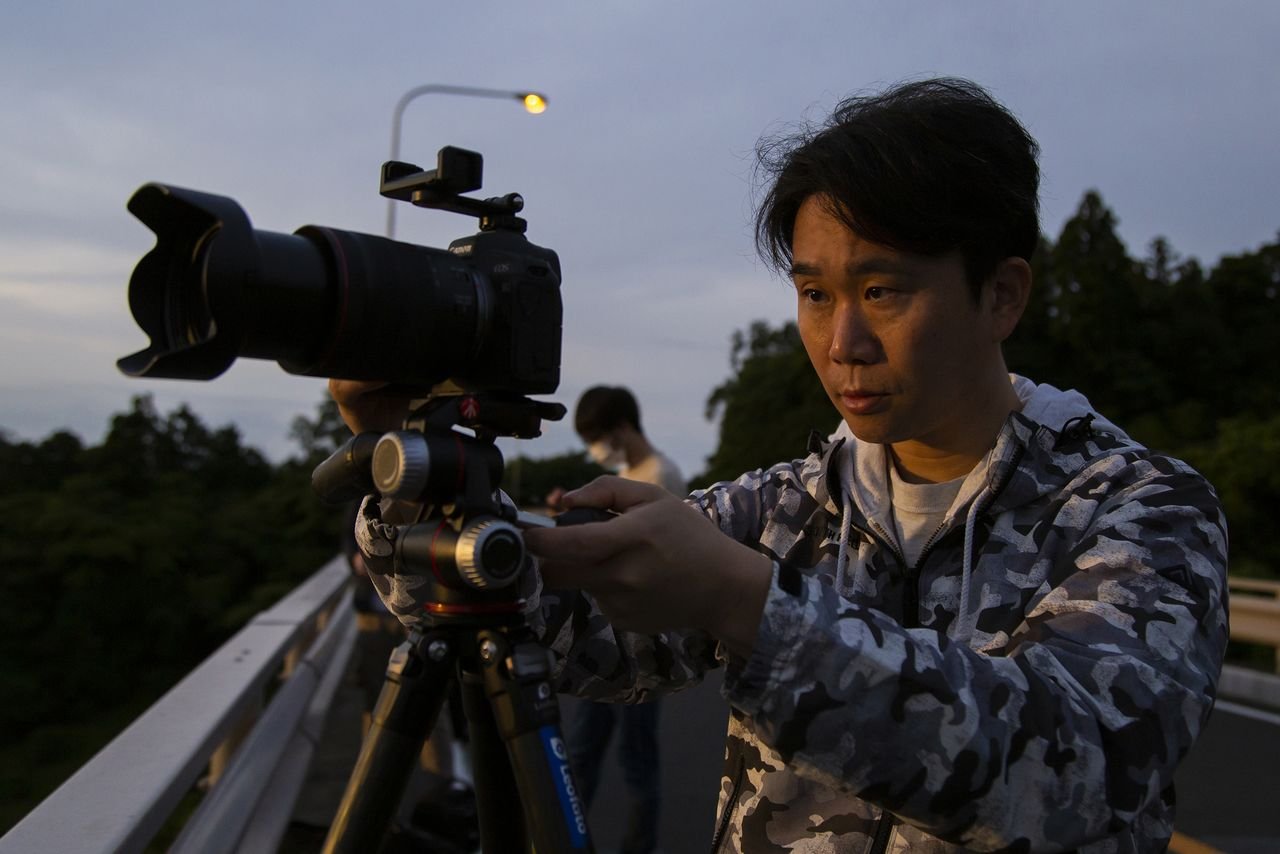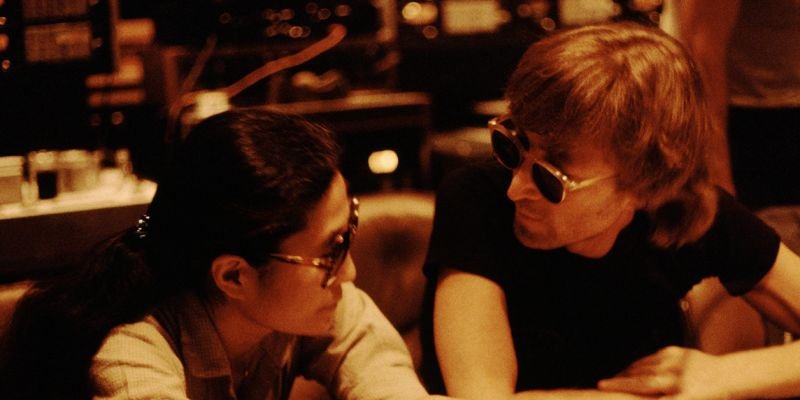The Camera That Changed Analog Photography - The Yashica T4

The Yashica T4 [Slim T in Japan] is a 35 millimeter point and shoot film camera that was produced as part of Yashica’s T series, a result of the professional partnership between Japan’s Kyocera and Germany’s Carl Zeiss AG.
At the time of its release in 1992, the T4 was aimed at a non-professional photography market at a time when cameras were noticeably getting much more compact. When compared to the Contax T2 that was released two years prior, the Yashica range of T cameras were marketed as a slightly cheaper alternative to the Contax line of cameras [also produced by Kyocera].
Unlike the titanium bodied and rectangular T2, the T4 was a rounded plastic body camera which made it much lighter and easier to take on the go. It was designed with a Carl Zeiss T* lens [Tessa 3.5/35], which gave ordinary users a quality lens that was sought after by professional photographers at the time, making it a very unique camera.
Up until its time of production, most point and shoot lenses did not have a reputation for having the best quality lenses, but for a compact camera like the T4, the praise and hype is undeniably deserved. At the time, it was the perfect halfway point between those who wanted a better quality lens than a disposable camera, but wanted something slightly lighter and easier to handle than a rangefinder.
Despite being aimed at the non-professional, amateur market, numerous commercial photographers have ended up using it for their work, most notably, Ryan McGinley, Chad Moore and [infamously] Terry Richardson.
Today, 20 years after it’s discontinuation, the T4 still maintains a loyal following of fans who swear by its efficiency, still fetching up astronomical prices on the second-hand analog camera market. It might just be the perfect compact film camera for anyone who is looking to use a street-credited, high-quality point and shoot without any of the additional bells and whistles.





